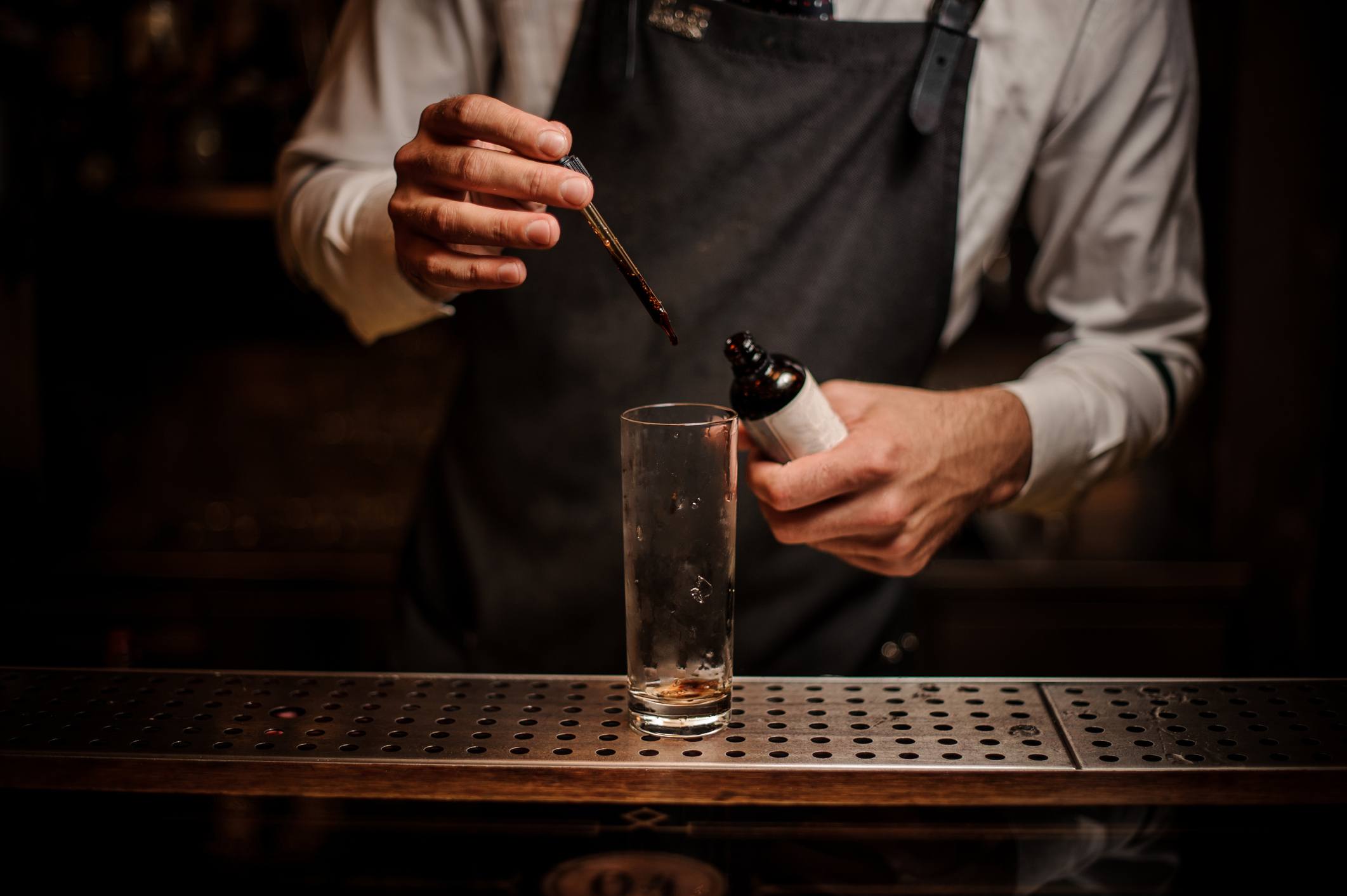Pink gin is one of the year’s prevailing drinks trends—but where did it get its start? We’re delving into this fascinating piece of gin history.
Pink gin is certainly having a moment. Varyingly infused with rhubarb or with berries, dyed with grape skins or made using rose petals, pink gins encompass a wide variety of ingredients and techniques—but they all share the same photogenic appearance.
“Pink gin” didn’t always refer to blush-hued spirits, however. In fact, the term has centuries of history behind it, and a rather surprising origin story. Read on to learn more about this unexpected chapter in the history of gin.
THE HISTORY OF PINK GIN

Bitters were, for centuries, what made gin “pink.” Image credit © MaximFesenko/iStock
Despite contemporary associations, “pink gin” was a cocktail before it was a colourful spirit—and like the Gimlet and the G&T, was originally used as a medical cure. Back in the 19th century, bitters were given to sailors in the Royal Navy as a treatment for sea sickness, though they weren’t exactly palatable on their own. Therefore, gin was added, and a classic cocktail was born. Pink gin eventually spread beyond the high seas, and the drink became popular with the general public by the late 1800s.
While some add a lemon twist as a garnish, and others top their gin up with soda water or tonic to make for a long, bubbly drink, traditional pink gin comprised just those two ingredients, stirred over ice and strained into a chilled glass. The original pink gin earned its name because the bitters lent it a rosy hue, and it remains part of the canon of classic British serves.
As for today’s pink gin craze? It’s largely unrelated to traditional pink gin, and is, instead, much more about optics. Many point to the rise of rosé in the wine world as the source of drinkers’ interest in all things pink. The first contemporary pink gins appeared a couple years ago, and today, there are many dozens being made.
TWO PINK GIN COCKTAILS
Because “pink gin” is such a broad term, you have plenty of creative freedom when it comes to making your own pink gin serves. Homemade rhubarb gin is a delectable option; Sipsmith Sloe Gin can also be used to create a range of roseate serves, too. To start you off, we’ve included a recipe for classic pink gin, as well as a more contemporary pink serve.
CLASSIC PINK GIN
For our twist on classic pink gin, we reach for Fever-Tree’s Aromatic Tonic, which is made with bitter angostura bark and serves as an excellent replacement for bitters. Its natural pink colour and fizz are only added benefits.
- 60ml Sipsmith London Dry Gin
- Fever-Tree Aromatic Tonic
- Lemon twist, to garnish (optional)
Fill a highball glass up to the top with ice and add the gin. Top up with the tonic and stir gently to mix. Garnish with a lemon twist, if you prefer.
ROSE G&T
- 50ml Sipsmith London Dry Gin
- Good-quality tonic
- 25ml homemade Rose Syrup
- Fresh berries, to garnish
Fill a highball glass up to the top with ice and add the gin. Top up with tonic and add the rose syrup. Stir to combine, and garnish with fresh berries.
Looking for more pink gin cocktail inspiration? We’re here to help, simply click below for more of our favourites.
